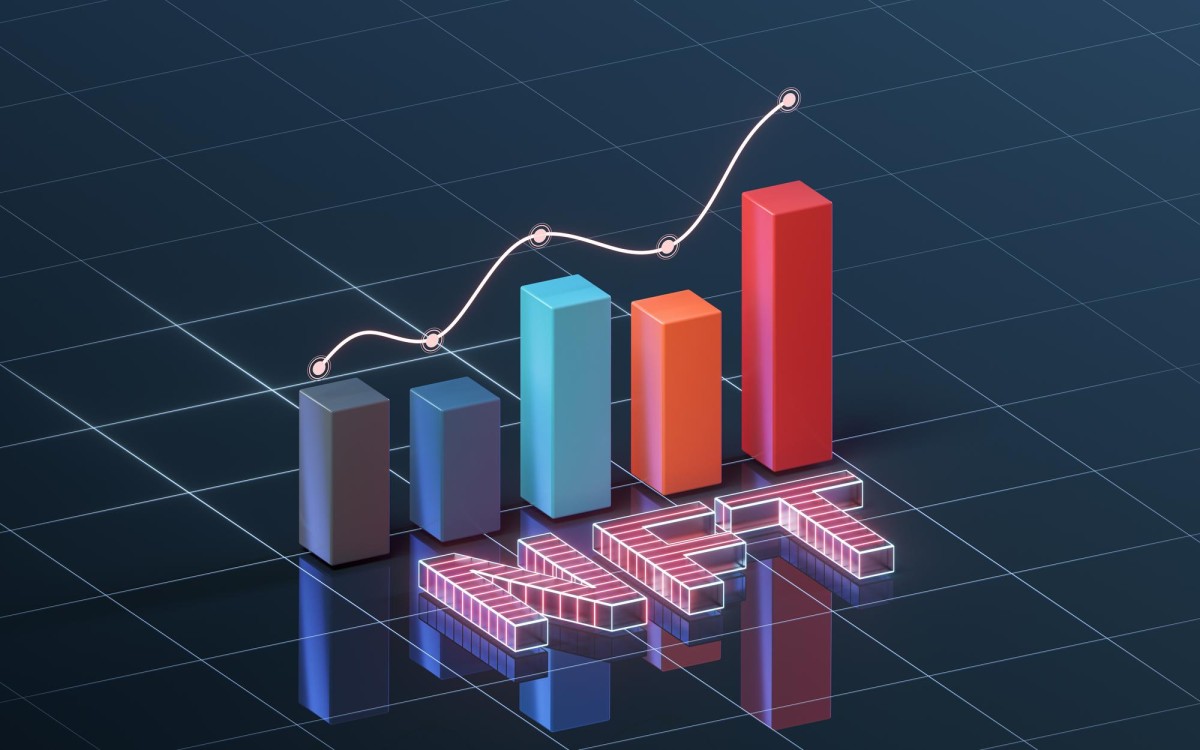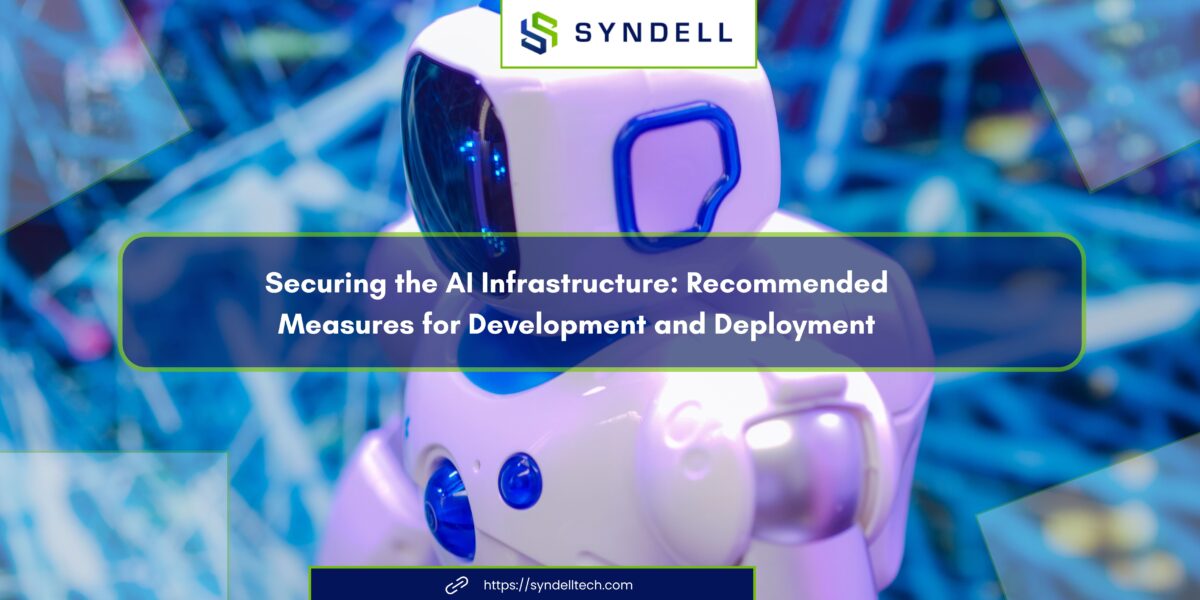The Future of Web3 and NFT Marketplaces: Top Considerations for Developing an NFT Marketplace

The world of Non-Fungible Tokens (NFTs) has exploded in recent years, with the market for NFTs reaching an all-time high in 2021. The rise of Web3 technologies such as blockchain and decentralized finance (DeFi) has paved the way for the emergence of NFT marketplaces. The basic nature of the NFT platforms is that it allows users to buy and sell unique digital assets such as artwork, music, and collectibles.
In this article, we will explore the core elements of a successful NFT marketplace and discuss the key considerations for developers looking to create their own platform. We will also highlight some examples of real-time NFT sales and provide revenue estimates for the future of the NFT market.
Examples of Real-Time NFT Sales
The NFT market has seen some impressive sales in recent years, with unique digital assets fetching millions of dollars. Some notable examples include:
- The digital artwork “Everydays: The First 5000 Days” by Beeple sold for a record-breaking $69 million at Christie’s auction house in March 2021.
- The NFT collectible “CryptoKitties” sold for over $17 million in total sales in 2017.
- The NFT music album “Planetarium” by artist Grimes, which sold for over $5 million in February 2021.
These examples demonstrate the potential value of NFTs and the growing interest in the market.
Revenue Estimates for the NFT Market
The NFT market has seen tremendous growth in recent years, and this trend is expected to continue in the future. According to NonFungible.com, the total sales volume for NFTs reached $2.5 billion in 2021, with over 10 million NFTs sold.
Some experts predict that the market could reach $10 billion in the next few years, with the potential for even greater growth in the longer term. This growth is expected to be driven by increasing adoption and awareness of NFTs, as well as the continued expansion of the Web3 ecosystem.
Core Elements of an NFT Marketplace
There are several key elements that every NFT marketplace should have in order to be successful.
A Wide Selection of NFTs
One of the most important aspects of an NFT marketplace is the variety and quality of the NFTs on offer. A marketplace with a wide selection of NFTs from a variety of creators is more likely to attract and retain users. This includes both well-known creators and up-and-coming talent, as well as a range of NFT types such as art, music, collectibles, and more.
User-Friendly Interface
A user-friendly interface is crucial for any marketplace, and this is especially true for NFT marketplaces, which may attract users who are new to the world of blockchain and digital assets. The interface should be easy to navigate and allow users to easily browse and search for specific NFTs.
Secure Transactions
Ensuring the security of transactions is essential for any marketplace, and this is especially true for NFT marketplaces which deal with unique and often valuable digital assets. A marketplace should have robust security measures in place to protect against hacks and fraud, and should also provide users with the option to store their NFTs in a secure wallet.
Robust Infrastructure
In order to handle the high volume of transactions that can occur on an NFT marketplace, it is important to have a robust and scalable infrastructure in place. This includes fast and reliable servers, as well as a stable and secure network.
Strong Community Support
Building a strong community of users is key for any successful marketplace, and this is especially true for NFT marketplaces which rely on the involvement and engagement of creators and collectors. A marketplace should have a strong social media presence and provide users with the tools and resources to connect with one another, such as forums and chatrooms.
Considerations for Developing an NFT Marketplace
There are several key considerations for developers looking to create their own NFT marketplace. With this basic layout of the road map, both entrepreneurs and developers can create a strong workflow for executing the development of their NFT marketplace.
Choose the Right Blockchain
One of the first decisions developers will need to make is which blockchain to build their marketplace on. There are several popular options to choose from, including Ethereum, EOS, and TRON. Each blockchain has its own unique features and benefits, and developers will need to consider factors such as transaction speeds, fees, and scalability when making their decision.
Integrate with Decentralized Finance (DeFi)
The integration of DeFi protocols and tools can add additional functionality and value to an NFT marketplace. This includes the ability for users to earn yield on their NFT holdings, as well as the option to use NFTs as collateral for loans.
Utilize NFT Standards and Protocols
There are several NFT standards and protocols that developers can use to ensure the compatibility and interoperability of their NFTs with other platforms. Some popular examples include ERC-721, ERC-1155, and OpenSea’s Ocean Protocol. Utilizing these standards and protocols can make it easier for users to buy and sell NFTs on multiple marketplaces.
Consider Implementing Governance Mechanisms
In a decentralized marketplace, it is important to have mechanisms in place for making decisions and resolving disputes. This can be achieved through the use of governance tokens and voting systems, which allow users to participate in the decision-making process of the marketplace.
Partner with Established Players
Partnering with established players in the NFT space can help bring credibility and visibility to a new marketplace. This can include partnerships with well-known creators, collectors, and other marketplaces.
Conclusion
The NFT market is an exciting and rapidly-evolving space, with endless possibilities for creators and collectors alike. The success of a NFT marketplace depends on a variety of factors, including a wide selection of NFTs, a user-friendly interface, secure transactions, robust infrastructure, and strong community support. Developers looking to create their own NFT marketplace will need to consider these elements, as well as factors such as blockchain choice, DeFi integration, NFT standards and protocols, governance mechanisms, and partnerships with established players. With the potential for significant revenue growth in the future, the NFT market is a promising opportunity for those looking to get involved.








